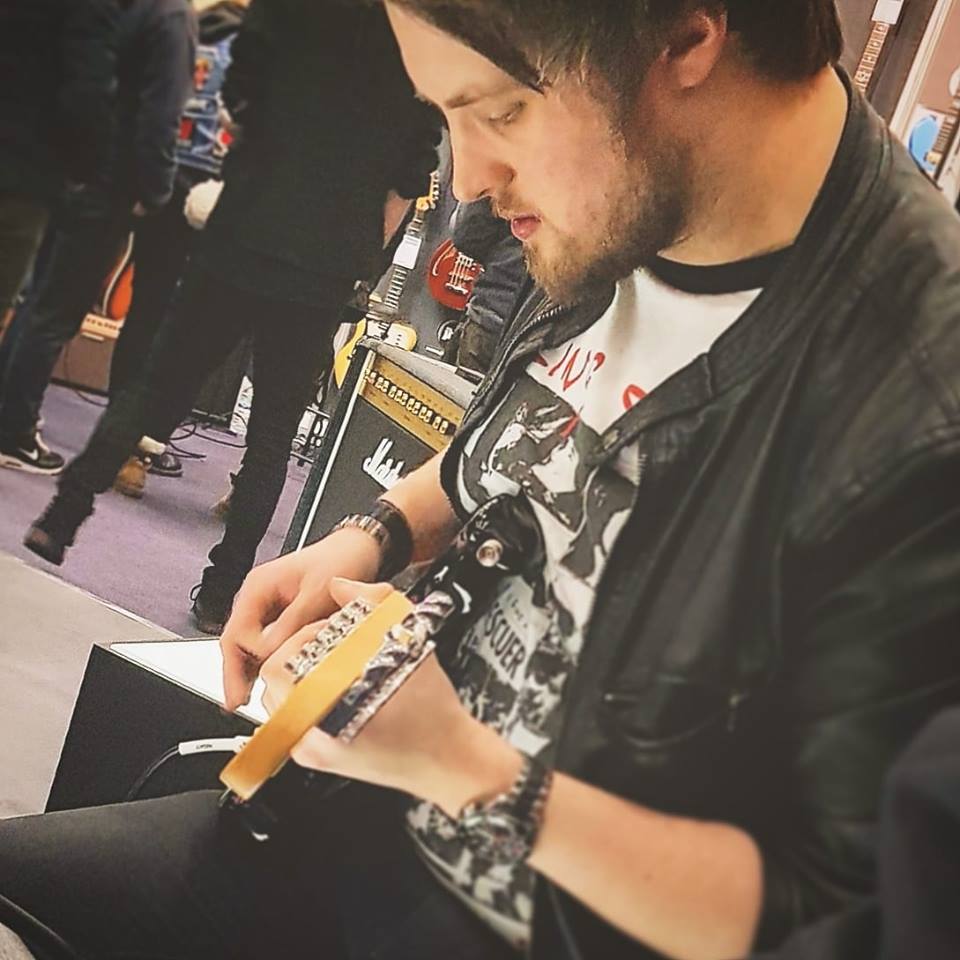Grade 6 Technical Focus: Phrasing
Phrasing is a very important part of making what you play sound great. When you first enter the world of improvisation, or even learning pre-existing guitar parts, you may have encountered a time where you learnt the correct notes but can’t quite make them sound or feel like the track in question. Phrasing is very hard to replicate, and many famous guitar players are renowned for their phrasing abilities. Often you hear people talk about hearing a guitarist play one note and knowing who that person is.
When approaching phrasing for the first time, imagine all the different influxes you can add to a short passage of notes, similar to the way a singer might differ what they sing slightly each time. The over arching aim here is to make the guitar more ‘vocal like’. What are you trying to say with the notes you are playing?
Imagine note lengths are syllables, some might last longer than others or some sentences may contain more words and syllables than others.
Let’s take a simple pentatonic phrase like this:
This is a simple 4 bar melody taken from the A Minor pentatonic scale. The first 4 bars are straight quarter notes and the final bar contains one whole note. Using this phrase, let’s explore a range of ways to make these notes say something different. We will be integrating a range of techniques to assist such as bends, hammer on and pull offs, slides and vibrato.
EXERCISE 1
In this example we are taking the melody from the previous section and just adding some technical embellishments to it.
Bar one now starts with a slide into the first note followed by a hammer on. You’ll notice that adding the slide and hammer on will change the dynamic of those notes against how they initially sounded when they were picked. Bar two contains a full step bend on the first and last note and a pull off on the notes between.
The final bar which ended with a single note sustained is now substituted by a full step bend with vibrato.
EXERCISE 2
This example shows how changing the length of the notes can make the phrasing differ greatly. Upon first look, you’ll notice this example is only 3 bars long but contains all the same notes. The first bar is now a quarter note to start followed by a hammer on from the 5th to the 7th fret as eighth notes meaning you’ll fit two notes onto that one beat.
The second bar also contains some sixteenth notes, the initial bend is a quarter tone followed by four eighth notes.
The final bar starts with pull off and hammer on from the 7th fret to the 5th and back to the 7th on the D string before sliding into the 7th fret of the G string and sustaining this.
EXERCISE 3
If we take the first bar and bring all the notes down to straight eighth notes we can start to get some faster flurries into our licks. Once again, the core of what we are playing is identical pitch wise to the initial melody, but the note lengths and technical embellishments make it take on a different sound. The first bar is now very up tempo and the legato flurries and bends will need to be executed with more speed and precision than previous exercises.
The second bar starts with a quick, quarter tone bend on the 5th fret of the G string to give the lick a little colour. From the stand point of imagining your guitar being vocal, a singer might add a slight pitch influx to a note. Quarter tone bends are a great way to add that type of vocal quality.
EXERCISE 4
This exercise contains two back to back eighth notes in the first bar consisting of a bend and release and a separate note that is picked. The bend and release should be imagined as a sixteenth note, even though it’s technically an eighth. The second bar contains a bit of space, the initial pull off leads into a half note lasting 2 beats before a faster two note ending made of a sixteenth note and a dotted eighth.
SUMMARY
As you can see, each exercise in this technical focus contains the same notes in the same order. It’s how we approach the use of those notes and the “words” we spell out with these notes that makes each one differ from the previous one. When practising phrasing be aware that there is no final solution which means you have gotten to the peak of this technique. Phrasing is a life long learning experience and you will continue to develop this technique throughout your playing lifespan. To get inspiration for phrasing, listen to some new artists and study how they approach familiar patterns. You can also take the initial melody (Or any other similar phrase for that matter) and see how many options and variations you can come up with just by adjusting note length and using some technical embellishments as we have done in this study.
About the author
Leigh Fuge is a professional musician and guitar teacher. He works for MGR Music Tuition teaching guitar students locally in Swansea, as well as creating guitar lesson materials for students across the UK. He has helped to established guitar school hubs in London, Manchester and Leeds helping hundreds of students to rapidly develop their guitar playing ability.













